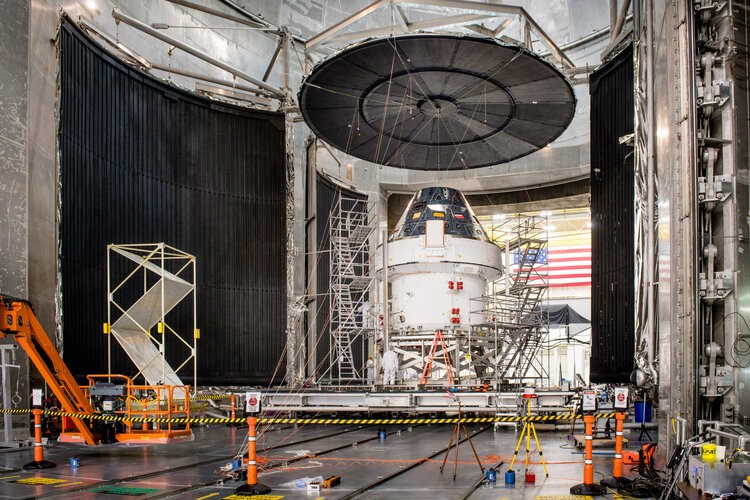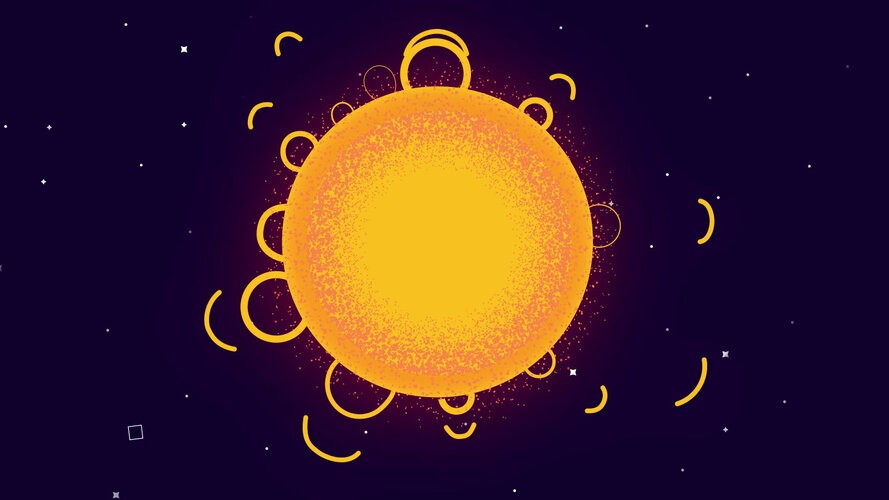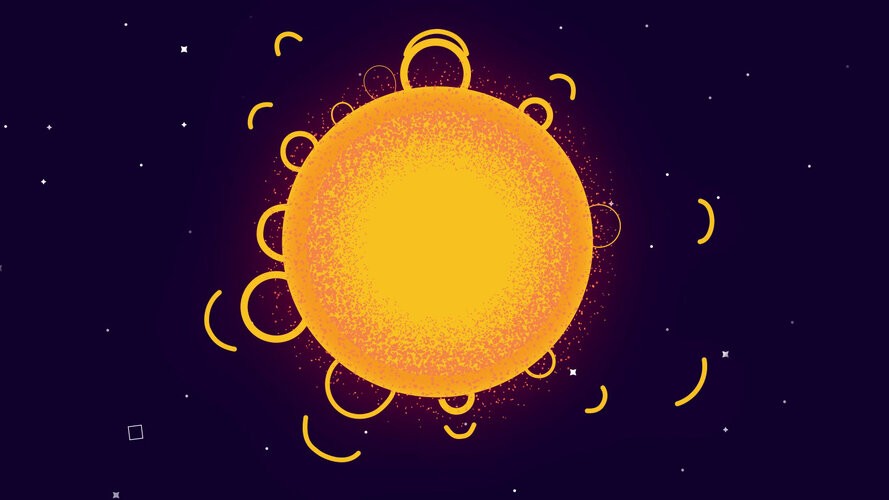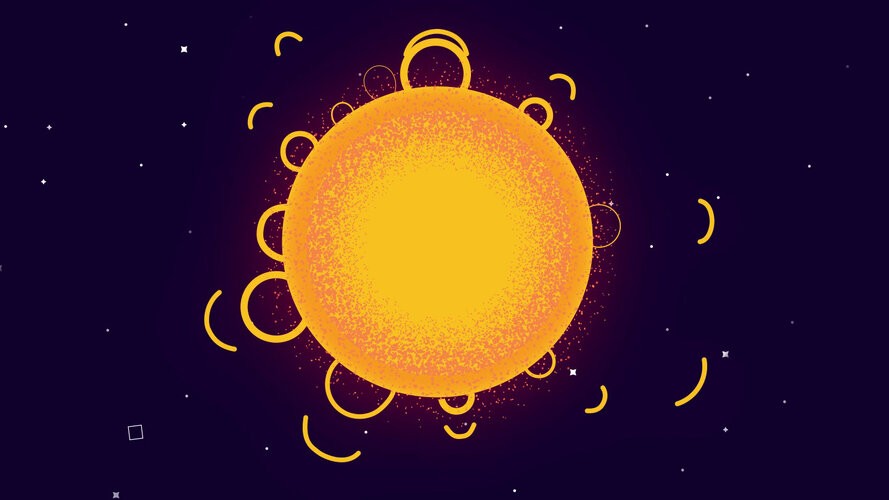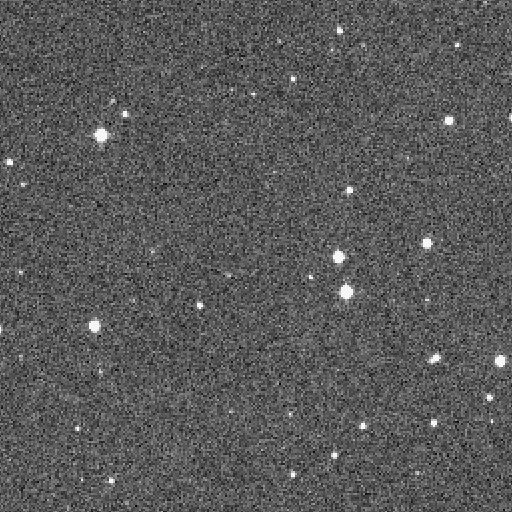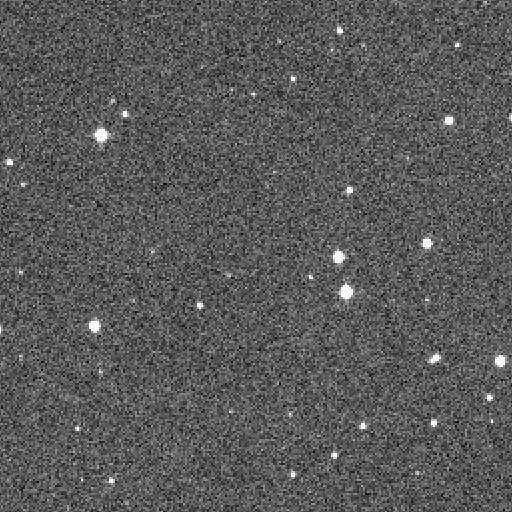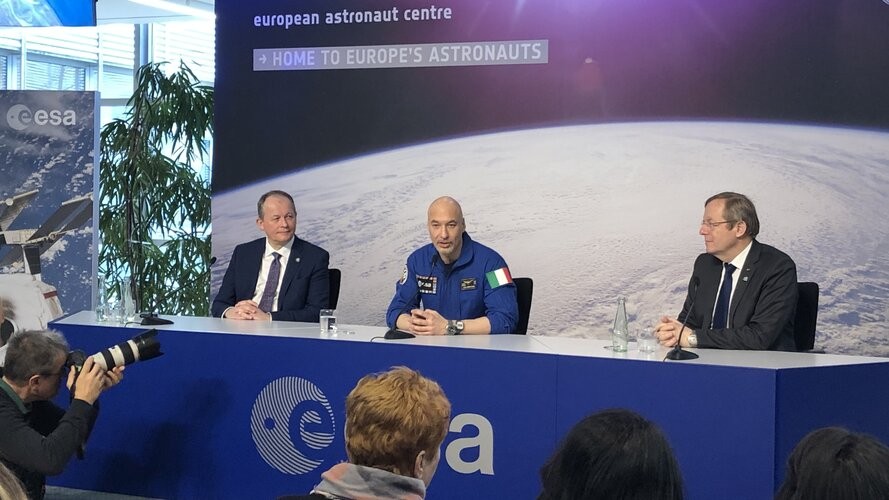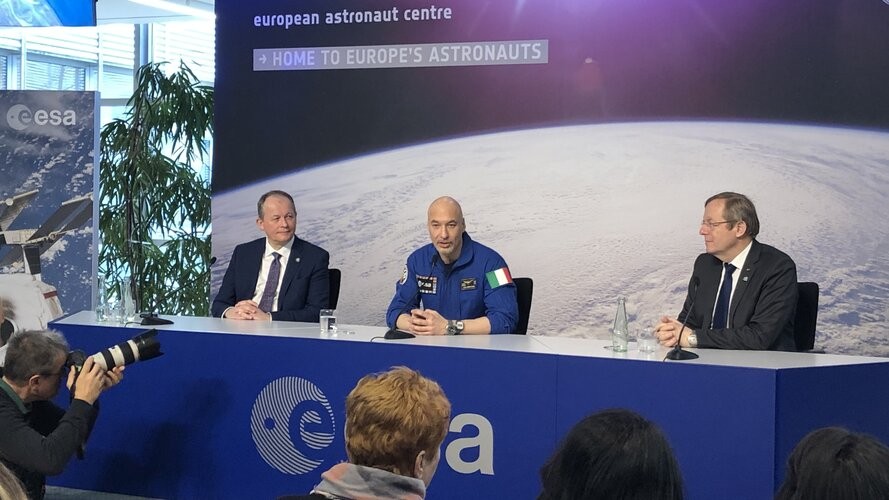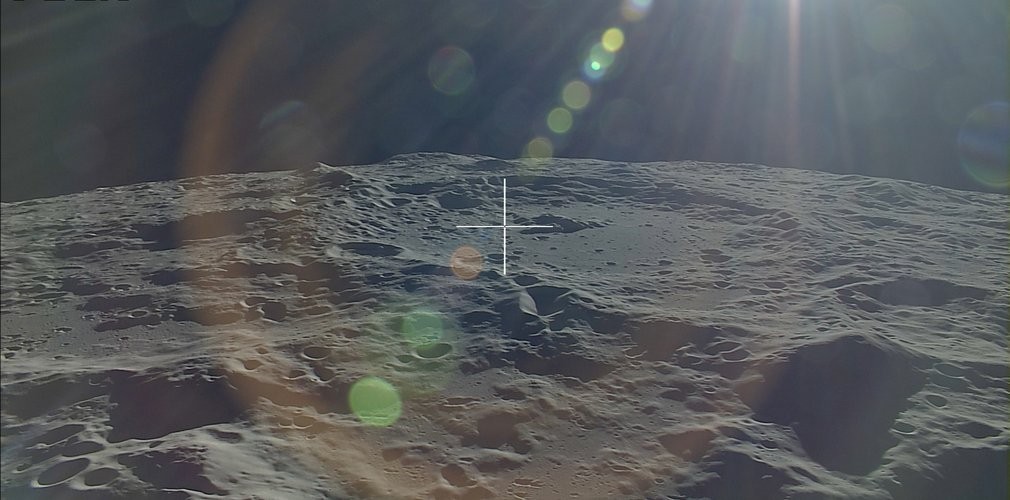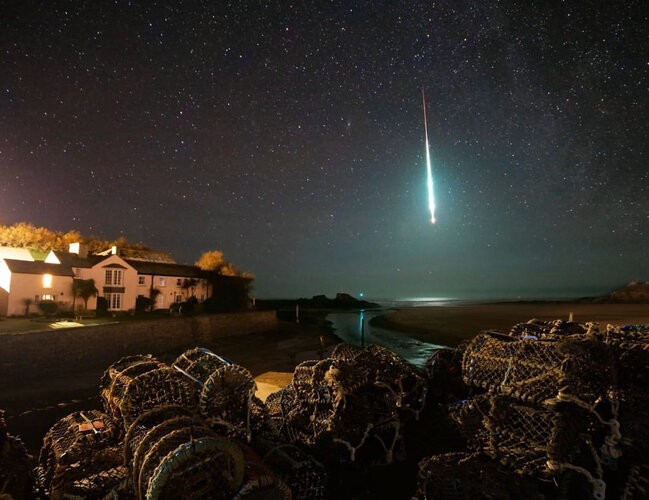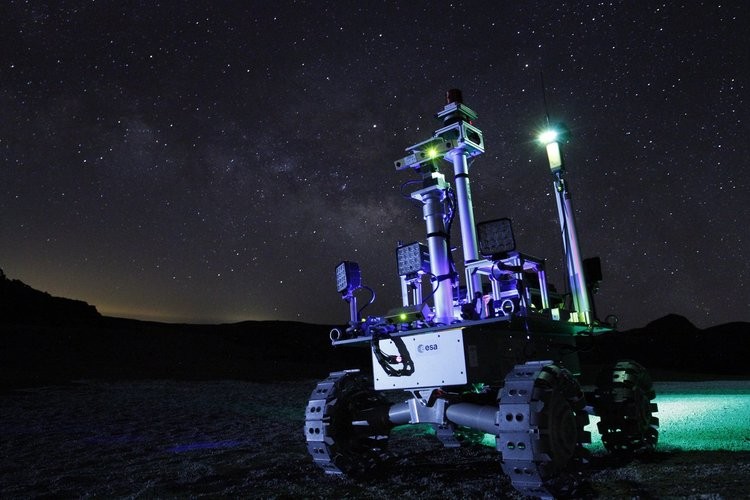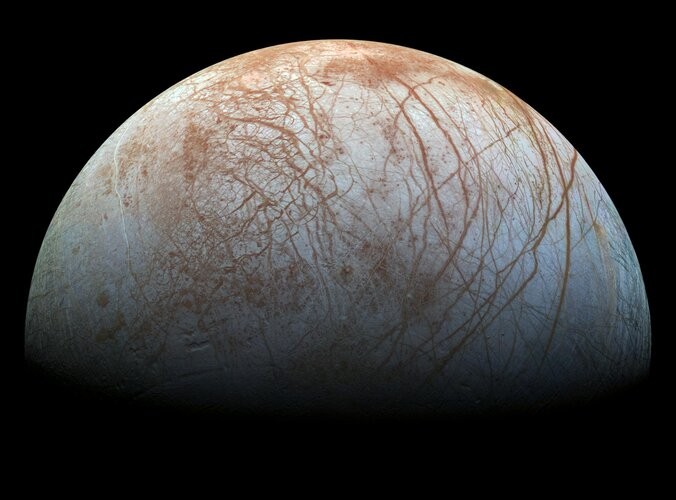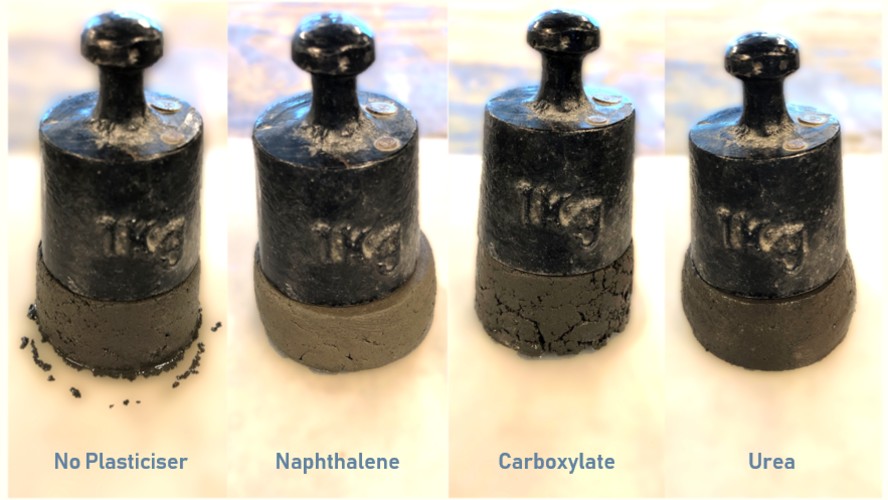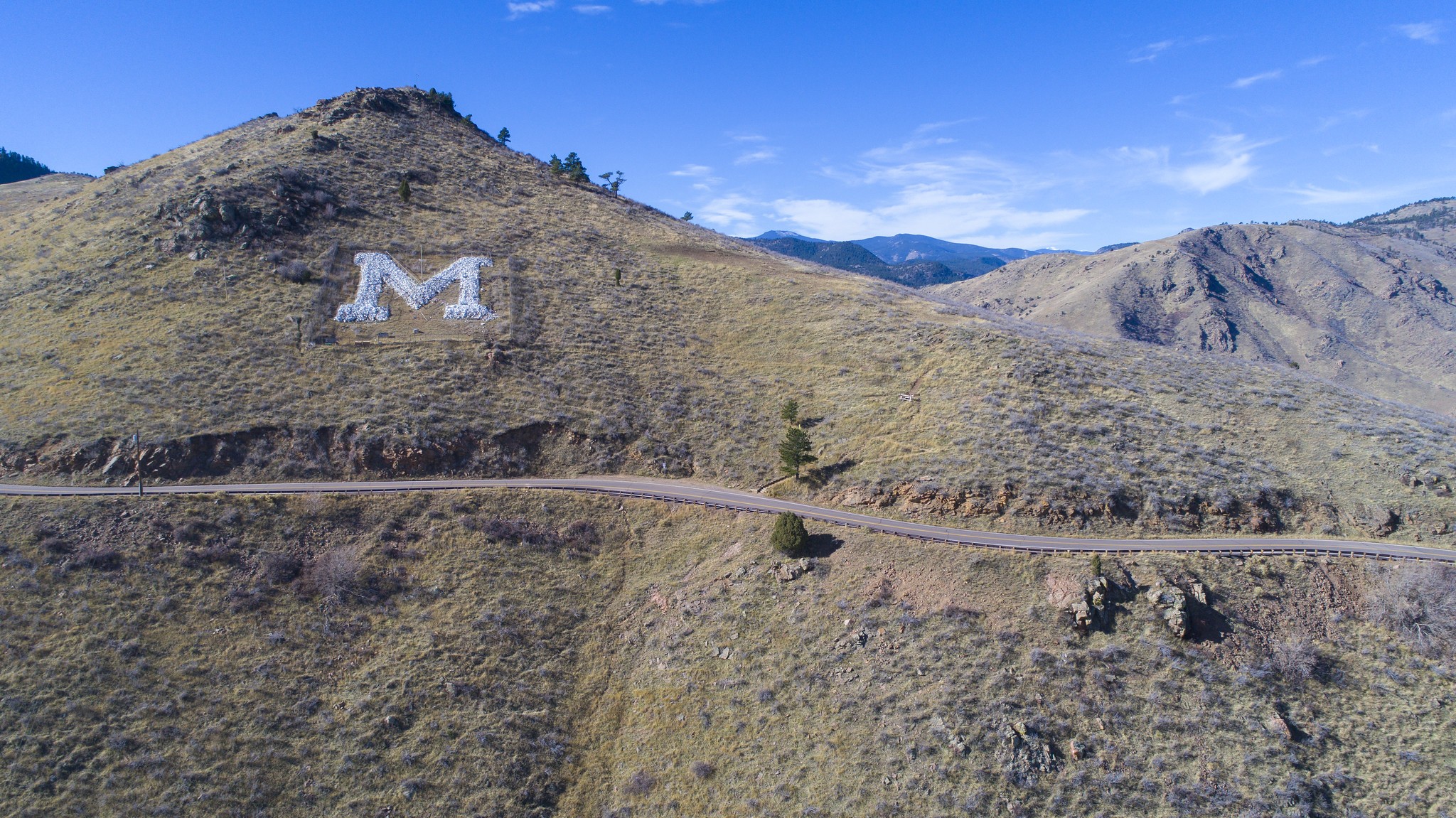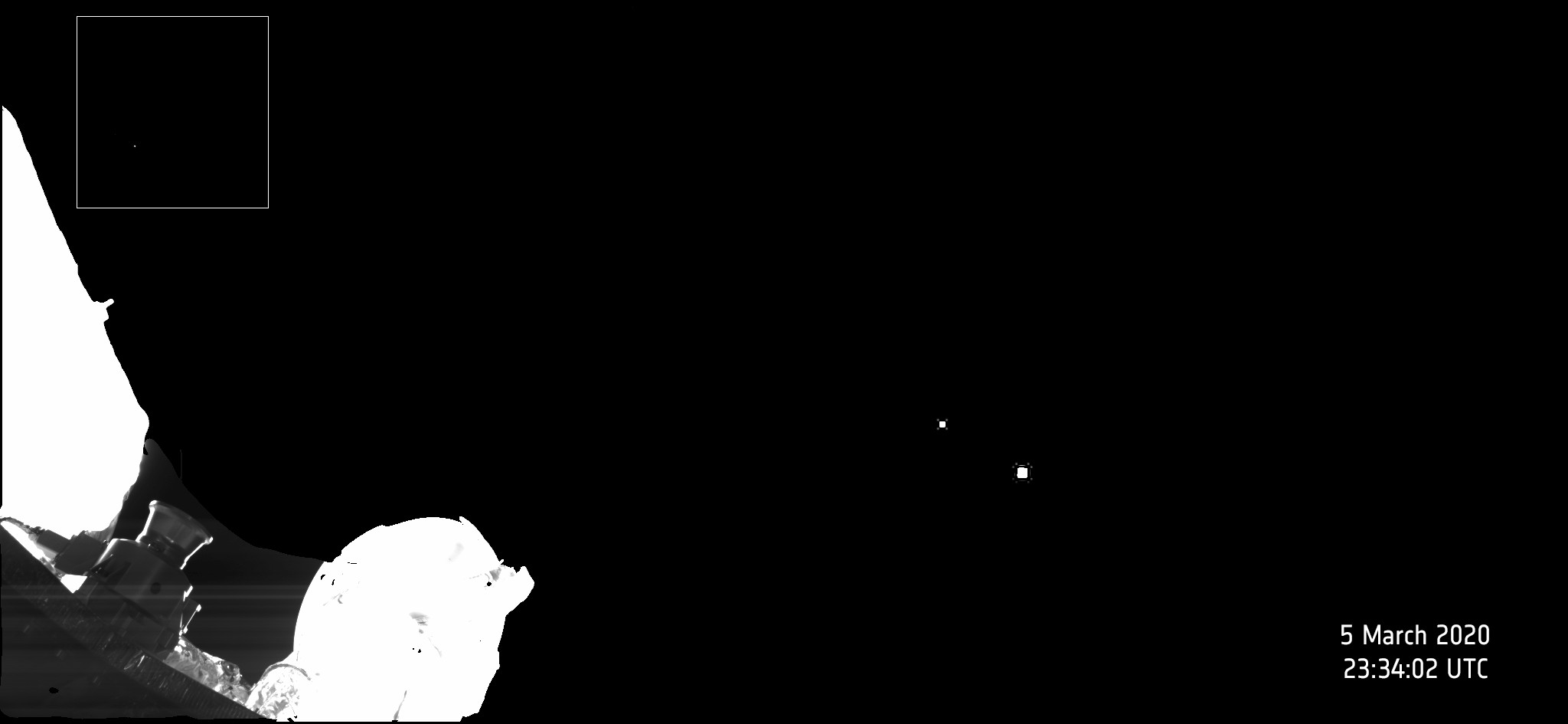Most significant
-
5 years ago
Interference testing
ESAImage: Testing one, two and now, three. Radio frequency testing has begun on the first Orion spacecraft that will fly around the Moon for the Artemis 1 mission, just two weeks after thermal and environmental tests were completed at NASA’s Plum Brook Station in Ohio, USA. Electromagnetic compatibility or EMC testing is routine for spacecraft. All electronics emit some form of electromagnetic waves that can cause interference with other devices. Think of the buzz that speakers give out right before an incoming call on a mobile phone. Spacecraft electronics can cause similar interference, but out in space such interference can have disastrous consequences, so all systems must be checked before launch. EMC tests often take place in a special shielded room constructed of metal walls and doors and foamy spikes (aka absorbers) that block out unwanted external electromagnetic radiation, like ESA’s Maxwell chamber at its technical site in the Netherlands. Though not an EMC chamber, Plum Brook’s thermal vacuum chamber is made of aluminium that does provide electromagnetic shielding, making it a suitable substitute. To test electronics, the spacecraft will simulate a flight in realistic conditions with most of its subsystems and equipment powered and in operational mode. The electronics are first tested for compatibility in this electromagnetic shielded chamber. Equipment will be switched on to test whether they do potentially disturb one another. In the second round of tests, electromagnetic fields will be applied using antennas around the spacecraft to test the susceptibility to interference from external sources. The Orion capsule is equipped with electromagnetic field sensors to take measurements as the disturbance frequencies are injected into the chamber. While all subsystems are a potential source of radio frequency noise, of particular interest are the transmitters that intentionally generate radio frequencies. These can easily disturb other equipment sensitive to electromagnetic noise, like GPS receivers, tele-command modules and other communication elements. ESA experts are on site monitoring all tests alongside NASA colleagues as Orion moves closer to its first flight without a crew around the Moon. Find more in depth coverage of all things Orion on the blog.
Read More -
5 years ago
Lagrange mission to provide solar warning
ESAVideo: 00:02:27 Earth’s magnetic field protects life on Earth from the intense radiation and titanic amounts of energetic material our Sun blasts in every direction. However, astronauts and satellites in space, future explorers travelling to the Moon and Mars, and infrastructure on Earth such as power grids and communication systems remain vulnerable to these violent outbursts. For this reason, ESA is planning to send a satellite to monitor the ‘side’ of our Sun, from a gravitationally stable position known as the fifth Lagrange point. From here, the Lagrange satellite will detect potentially hazardous solar events before they come into view from Earth, giving us advance knowledge of their speed, direction and chance of impact.
Read More -
5 years ago
Lagrange mission to provide solar warning
ESAVideo: 00:02:27 Earth’s magnetic field protects life on Earth from the intense radiation and titanic amounts of energetic material our Sun blasts in every direction. However, astronauts and satellites in space, future explorers travelling to the Moon and Mars, and infrastructure on Earth such as power grids and communication systems remain vulnerable to these violent outbursts. For this reason, ESA is planning to send a satellite to monitor the ‘side’ of our Sun, from a gravitationally stable position known as the fifth Lagrange point. From here, the Lagrange satellite will detect potentially hazardous solar events before they come into view from Earth, giving us advance knowledge of their speed, direction and chance of impact. Earth’s magnetic field protects life on Earth from the intense radiation and titanic amounts of energetic material our Sun blasts in every direction. However, astronauts and satellites in space, future explorers travelling to the Moon and Mars, and infrastructure on Earth such as power grids and communication systems remain vulnerable to these violent outbursts. For this reason, ESA is planning to send a satellite to monitor the ‘side’ of our Sun, from a gravitationally stable position known as the fifth Lagrange point. From here, the Lagrange satellite will detect potentially hazardous solar events before they come into view from Earth, giving us advance knowledge of their speed, direction and chance of impact.
Read More -
5 years ago
Lagrange mission to provide solar warning
ESAVideo: 00:02:27 Earth’s magnetic field protects life on Earth from the intense radiation and titanic amounts of energetic material our Sun blasts in every direction. However, astronauts and satellites in space, future explorers travelling to the Moon and Mars, and infrastructure on Earth such as power grids and communication systems remain vulnerable to these violent outbursts. For this reason, ESA is planning to send a satellite to monitor the ‘side’ of our Sun, from a gravitationally stable position known as the fifth Lagrange point. From here, the Lagrange satellite will detect potentially hazardous solar events before they come into view from Earth, giving us advance knowledge of their speed, direction and chance of impact. Earth’s magnetic field protects life on Earth from the intense radiation and titanic amounts of energetic material our Sun blasts in every direction. However, astronauts and satellites in space, future explorers travelling to the Moon and Mars, and infrastructure on Earth such as power grids and communication systems remain vulnerable to these violent outbursts. For this reason, ESA is planning to send a satellite to monitor the ‘side’ of our Sun, from a gravitationally stable position known as the fifth Lagrange point. From here, the Lagrange satellite will detect potentially hazardous solar events before they come into view from Earth, giving us advance knowledge of their speed, direction and chance of impact.
Read More -
5 years ago
Asteroid experts catch final glimpse of Solar Orbiter
ESAImage: Last night, ESA’s Planetary Defence team observed the rare moment in which an object escaped our planet’s gravity, in contrast to their normal objects of study – potentially hazardous rocks that could strike it. At 19:15 UTC (20:15 CET) on 10 February, just over 20 hours after the launch of Solar Orbiter, the team took the opportunity to capture this sequence of observations using the Schmidt telescope at Calar Alto, Spain. The clip covers a timespan of about 10 minutes, and is made up of 36 observations each 10 seconds long. At the time it was taken, Solar Orbiter was roughly 310 000 km away from Earth and travelling to Venus for its first gravitational assist around Christmas day this year. Still within the Moon’s orbit - just - it was already a faint object in the sky, shining as bright as a magnitude 19.5 star (250 000 times fainter than we can see with the naked eye). The Near-Earth Object Coordination Centre, based at ESA’s Centre for Earth Observation in Italy, coordinates and contributes to the observation of small Solar System bodies, in order to evaluate and monitor the risk they pose. Sign up for their monthly newsletter, here, for all latest.
Read More -
5 years ago
Asteroid experts catch final glimpse of Solar Orbiter
ESAImage: Last night, ESA’s Planetary Defence team observed the rare moment in which an object escaped our planet’s gravity, in contrast to their normal objects of study – potentially hazardous rocks that could strike it. At 19:15 UTC (20:15 CET) on 10 February, just over 20 hours after the launch of Solar Orbiter, the team took the opportunity to capture this sequence of observations using the Schmidt telescope at Calar Alto, Spain. The clip covers a timespan of about 10 minutes, and is made up of 36 observations each 10 seconds long. At the time it was taken, Solar Orbiter was roughly 310 000 km away from Earth and travelling to Venus for its first gravitational assist around Christmas day this year. Still within the Moon’s orbit - just - it was already a faint object in the sky, shining as bright as a magnitude 19.5 star (250 000 times fainter than we can see with the naked eye). The Near-Earth Object Coordination Centre, based at ESA’s Centre for Earth Observation in Italy, coordinates and contributes to the observation of small Solar System bodies, in order to evaluate and monitor the risk they pose. These observations of Solar Orbiter were made based on a proposal by Gerhard Holtkamp, a keen amateur astronomer who works on site guiding public tours of ESA mission control. Sign up for their monthly newsletter, here, for all latest.
Read More -
5 years ago
Luca speaks with European media
ESAVideo: 00:00:00 Media had their first opportunity to ask questions of ESA astronaut Luca Parmitano in Europe on Saturday 8 February 2020 – just two days after he returned from 201 days in space. This news conference at ESA’s European Astronaut Centre (EAC) started at 12:30 CET (11:30 GMT) with an introduction from the Head of EAC Frank De Winne, followed by statements from ESA Director General Jan Wörner and Director of Human and Robotic Exploration David Parker. Luca then answered a range of questions about his recent mission, known as ‘Beyond’. The entire conference was broadcast live on ESA Web TV. Beyond was Luca’s second long-duration mission to the International Space Station. His first was Volare in. 2013. Luca was launched to the Station 20 July 2019 – the 50th anniversary of the first lunar landing – and returned 6 February 2020 in the Russian Soyuz MS-13 spacecraft. During his Beyond mission he became the third European and first Italian in command of the Space Station, set the record for longest cumulative spacewalking time by a European astronaut, remotely controlled a rock-collecting rover in the Netherlands, supported over 50 European and 200 international experiments and welcomed the first Emirati astronaut Hazzaa Ali Almansoori among other mission highlights. (Please note: There were some technical issues about 45-50 minutes into the press conference, in the replay there is some loss of audio quality and loss of audio/image sync.)
Read More -
5 years ago
Luca speaks with European media
ESAVideo: 00:00:00 Media had their first opportunity to ask questions of ESA astronaut Luca Parmitano in Europe on Saturday 8 February 2020 – just two days after he returned from 201 days in space. This news conference at ESA’s European Astronaut Centre (EAC) started at 12:30 CET (11:30 GMT) with an introduction from the Head of EAC Frank De Winne, followed by statements from ESA Director General Jan Wörner and Director of Human and Robotic Exploration David Parker. Luca then answered a range of questions about his recent mission, known as ‘Beyond’. The entire conference was broadcast live on ESA Web TV. Beyond was Luca’s second long-duration mission to the International Space Station. His first was Volare in. 2013. Luca was launched to the Station 20 July 2019 – the 50th anniversary of the first lunar landing – and returned 6 February 2020 in the Russian Soyuz MS-13 spacecraft. During his Beyond mission he became the third European and first Italian in command of the Space Station, set the record for longest cumulative spacewalking time by a European astronaut, remotely controlled a rock-collecting rover in the Netherlands, supported over 50 European and 200 international experiments and welcomed the first Emirati astronaut Hazzaa Ali Almansoori among other mission highlights. (Please note: There were some technical issues about 45-50 minutes into the press conference, in the replay there is some loss of audio quality and loss of audio/image sync.)
Read More -
5 years ago
One step closer to prospecting the Moon
ESAThe first European device to land on the Moon this decade will be a drill and sample analysis package, and the teams behind it are one step closer to flight as part of Russia’s Luna-27 mission.
Read More -
5 years ago
Cosmic caller goes out with a bang
ESAImage: On 21 January, a foreign body crashed to Earth causing a cascade of bright light to trail through the sky. The fleeting flash was a fireball, defined as a meteor brighter than the planet Venus. Such bright meteors are caused as small asteroids strike the atmosphere, entirely or almost entirely burning up due to friction, sometimes suddenly exploding. Every day, roughly 54 tonnes of extra-terrestrial material reaches Earth, including interplanetary dust, meteoroids and asteroids. Fireballs like this one are estimated to strike Earth hundreds of times every year, however not all are caught on camera or shine so brightly. From the brightness of this fireball, around the time of a full moon, experts have deduced that the original object could have ranged from tens of centimetres to a metre in size, depending on its entry speed, composition and other characteristics. This impressive shot was captured by photographer Chris Small at the seaside resort town of Bude, northeast Cornwall, England, at 23:24 UTC. "I see a lot of meteors due to spending so long shooting the night sky, but I’ve never seen anything quite like that before!" says Chris. "It was incredible, and lit up the entire coast almost as bright as daytime for a few seconds. There were beautiful green and blue colours." While the foreground is filled with lobster pots used by local fishermen, the background is lit up with this green-blue tinge, revealing the presence of oxygen in Earth’s atmosphere. As the air surrounding the burning ball heats up, atoms become ‘excited’, with oxygen emitting light at a frequency of about 558 nm – in the blue-green part of the visible spectrum. This colourful effect is also the reason for the beautiful aurorae at Earth’s poles, caused as charged particles from the Sun strike and excite atoms in the upper atmosphere. The fireball in this image was spotted by at least five observers across the UK, who reported it to the International Meteor Organization – an organisation set up to collect meteor observations from around the world. A new ESA warning system called NEMO (NEar-real time MOnitor) also picked up the event shortly after it happened. The NEMO system tracks social media activity to build a near real-time picture of fireball events around the globe, and is part of the Agency's Planetary Defence Office. Find more of Chris' photography on his website, Ocean And Earth Photography.
Read More

